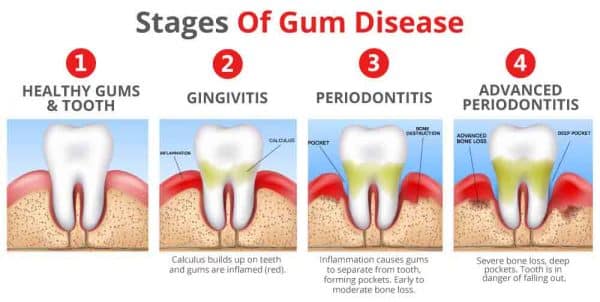Dental Care For Your Pet
Why Should I Have My Pet’s Teeth Checked?
Just as in humans, good oral hygiene in your pet is important. Periodontal disease is a disease of the supporting tissue of the teeth (the gums, ligaments, and bone tissues) which hold and attach the teeth in place. These tissues become inflamed and infected.
Research shows that 80% of dogs and 70% of cats over the age of 2 years have some sign of dental disease.
If left untreated, periodontal disease causes tooth loss and decay and can cause much more serious infections in the heart, liver, and kidneys as bacteria from the mouth can travel via the blood.

What Causes Periodontal Disease?
It starts with plaque, a layer of bacteria, residual food and saliva which naturally forms on the teeth’s surface. This layer calcifies and becomes hard, which is known as tartar or calculus. The calculus builds up in the grooves between the teeth and under the gum line, causing inflammation of the gums (gingivitis). Pockets form between the teeth and under the gums and bacteria attack the tissues that hold the tooth in place, causing loosening of teeth.
Bacteria can then enter the blood stream, and travel around the body to other organs.
What Are the Signs of Periodontal Disease?
- Bad breath (halitosis)
- Changed eating behaviours – difficulty chewing food, chewing on one side
- Loss of appetite
- Red, swollen and bleeding gums (gingivitis)
- Loose teeth and receding gums
- Accumulation of plaque on the teeth

What Can I Do?
Once plaque and tartar have formed, the first step is to have your pets’ teeth professionally cleaned by your vet.
“Prevention, as always, begins at home!”
Brushing your pet’s teeth is the most effective method of removing plaque and should be done at least weekly. Only pet toothbrushes and toothpaste should be used—the brushes are soft, and the toothpastes are flavoured and can be swallowed.
Some pets simply will not allow us to brush their teeth, and this is where diets such as Hill’s T/D and oral cleansing gels like ’Maxiguard’ can be used instead.
We do not recommend bones – there is no doubt that they help keep teeth clean, but in our experience at GVH we see too many injuries related to bones to feel comfortable recommending their use.
What Is Involved in a Dental Procedure?
When your pet has a dental check, we will grade the teeth from 0 to 4. Grades 1 and 2 are when the teeth have a small amount of plaque or tartar on them, and gingivitis is mild.
Grades 3 and 4 are when the periodontal disease is worse, the tartar build up is greater and some teeth may need to be removed. Having regular dentals when the teeth are at a Grade 1 or 2 prevents the disease from progressing to a Grade 3 or 4, tooth loss and systemic infections.
At GVH we now offer all year-round free dental checks for all pets with our trained nursing staff and vets!
All dental treatments are performed under general anaesthetic and we ask that your pet be fast overnight, though water should be allowed at all times.
A dental on a Grade 1 or 2 mouth involves an ultrasonic scale and polish of all teeth to remove the plaque and tartar. Following a Grade 1 or 2 dental your pet should be able to go home that evening when fully recovered from the anaesthetic.
At GVH, as part of our gold standard of care, we now strongly recommend dental x-rays every 1-2 years on all cats over the age of 2 and all dogs over the age of 7. Dental X-rays look for issues such as resorptive lesions (painful erosive enamel lesions) and checking the health of bone and root structures
A dental on a Grade 3 or 4 mouth is likely to include extractions (tooth removal). We implement comprehensive pain management plans for your pet including nerve blocks and medication before, during and after oral surgery, so now your pet is most likely to go home and be able to eat normal food the same day.






